Australia’s trade relationship with China has cooled sharply over the past year or so. Australia’s farmers have been implicated in the multi-billion China-Australia trade war. However, as they found a home for their produce, they saw hope.
China is cautious
Australia’s Department of Agriculture would not say how much the high tariffs and unofficial customs bans on a range of commodities including barley, beef, wine and cotton are costing farmers.

“China has not imposed sanctions on Australian agricultural, fishing and forestry products,” a spokesman said.

The Department of Agriculture also commented on the dispute with great caution: “Australian agriculture, fisheries and forestry exports face numerous challenges, including drought, bushfires, the COVID-19 pandemic and disruptions to normal trade flows for some products entering the Chinese market.”

The National Farmers’ Federation has speculated that farmers could lose more than $35 billion over the next decade due to trade impacts, but it’s unclear how the lobby group came to that figure.
Barley exports show signs of recovery
Eight months after China slapped high tariffs on Australian barley, CBH Group, Australia’s largest grain processor, said growers were now getting prices similar to what Chinese customers were paying for.
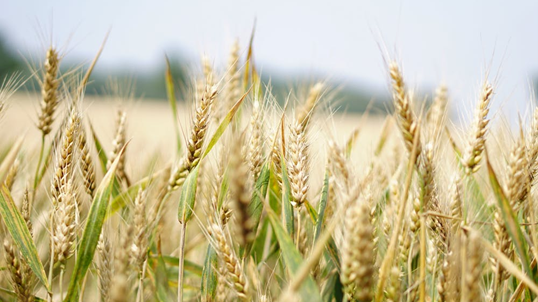
“Yes, 2020 has been a tough year for the Australian barley industry, but we are definitely recovering and prices have returned to their base levels before the anti-dumping tariffs,” said Jason Kee, chief marketing and trade officer, CBH Group Craig (Jason Craig) said.

He hopes the attempt to ship barley from Western Australia to Mexico will help fill the void left by China. Craig estimates that 13 million tonnes of barley has been harvested across Australia this summer.
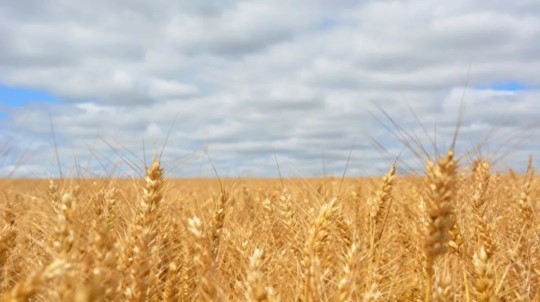
He said the feed market in the Middle East and Asia is in high demand. Australia’s first attempt to sell premium malt to Mexican brewers has also made up for lost trade with China.
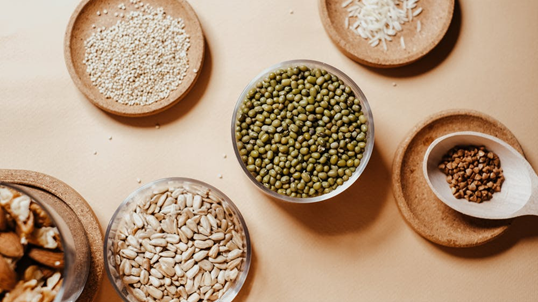
“It’s a 35,000-ton cargo with a value above $10 million, so it’s an important attempt,” he said.
Red meat still exported to China
Australia continues to sell large quantities of agricultural products to China. Exports, including wool, wheat and dairy products, have so far been largely unaffected by the trade dispute. Red meat sales to China remain high despite restrictions on some slaughterhouses.
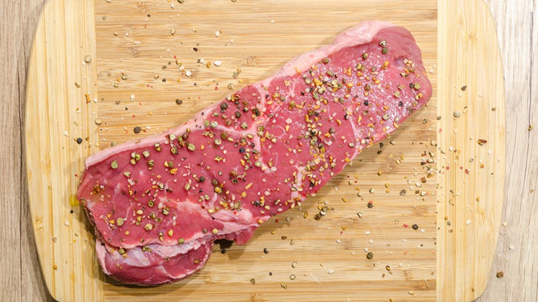
In 2020, six Australian abattoirs were shut down over labelling issues and allegations of meat contamination. Two other meatpacking plants in Victoria that had employees infected with the virus are also waiting to resume production and continue selling beef and lamb to China. Livestock prices in Australia are currently at an all-time high.
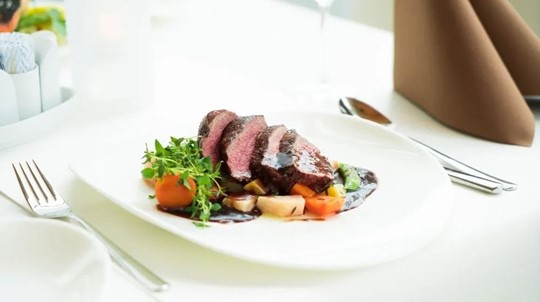
Meat and Livestock Australia (MLA) general manager Jason Strong said the impact of tariffs on exports would be minimal.

“Yes, there have been disruptions, but the real impact on overall exports has not been that big,” Mr Strong said. Australian livestock prices rose to record highs after the drought resumed. “Finding a home for beef that doesn’t go to China is not a major challenge,” Strong said.
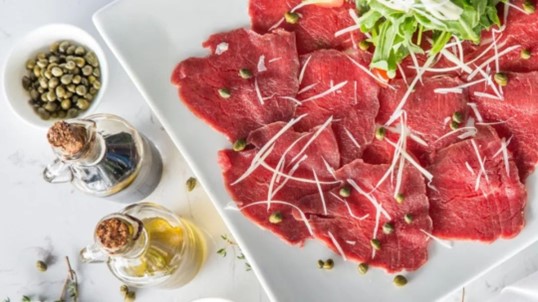
Last year, China was Australia’s third-largest red meat market. “We shipped 197,000 tons of beef to China, which is our second-highest total beef export to China, just 25,000 tons less than the U.S., which is third,” Strong said.
Cotton spreads risk, returns remain high
Cotton growers are also expected to reap high returns in 2021 as the cotton industry expands into markets in Indonesia, Thailand, Vietnam and Bangladesh.
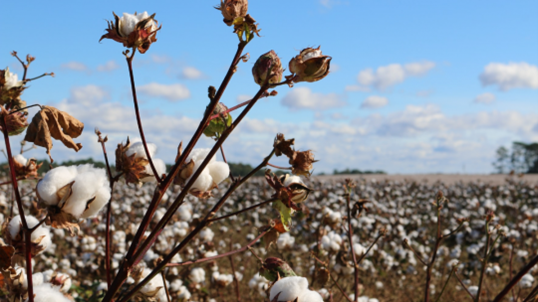
Australian growers and shippers claim that in October last year, Chinese mills were told to stop buying Australian-grown cotton, bringing the multi-billion-dollar-a-year trade to a virtual standstill.

“It’s not all bad luck and frustration,” cotton analyst Pete Johnson said of China’s exit from the Australian market, estimating that without the Chinese market, growers would lose a premium of $10 to $20 per bale, But returns for growers are expected to be “record highs” this year.
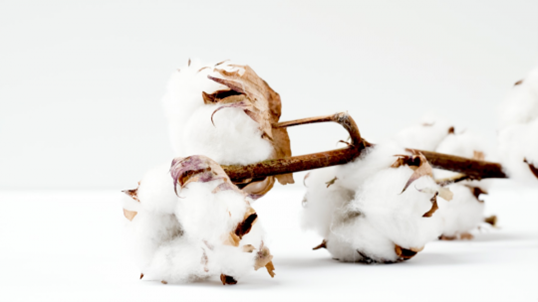
“Do we want the Chinese to buy our cotton? Of course, but we are spreading our risk across the subcontinent and a range of other markets in Asia.”

“Diversifying this risk is not a bad thing in the end for the industry. The price is good for the growers and we are able to spread the risk further,” he said.
Brewers seek new markets
It has been two months since China imposed high tariffs on Australian wine, with exports down $250 million compared to the same period last year.

The loss of such a lucrative market has disappointed NSW winemaker Bruce Tyrrell, who spent most of last year looking for new customers. “We are opening up markets in ‘Stan’ countries, such as Kazakhstan, Uzbekistan,” Tyrrell said.

“The market won’t be huge, but these countries are good markets too – rich countries are forging their own sophistication, and with that, drinking wine is essential,” he said.
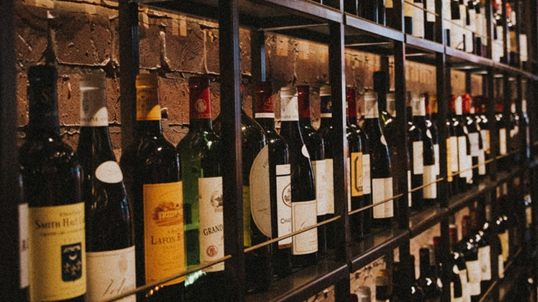
The Australian wine industry will also be looking to other Asian countries, parts of Africa and the US. Tyrrell said 60 per cent of Australia’s wine was exported. While it is naive to think that the domestic market can absorb some of the losses, this is unlikely to happen.

“We could drink it all and then I don’t think anyone would work because we were all so drunk by then.”
The road to recovery for the lobster industry
For the Australian seafood industry, the Chinese market is even more difficult to replace. Nearly 95% of Australia’s lobster exports go to China.
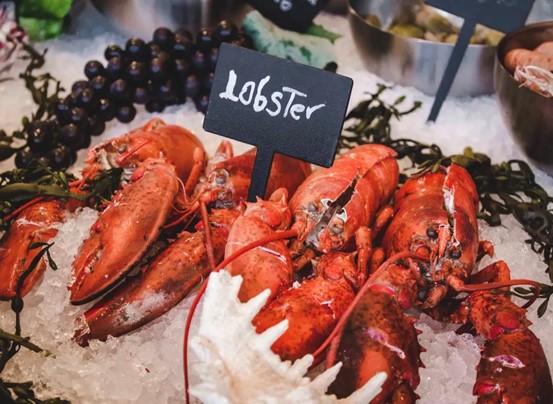
Louise Hart owns a family-owned fishing business off the west coast of Tasmania. She said she has been operating at a loss since China halted acquisitions in November.

New Year offers are due to start next month, but Hart sees an unpredictable outlook for the industry.
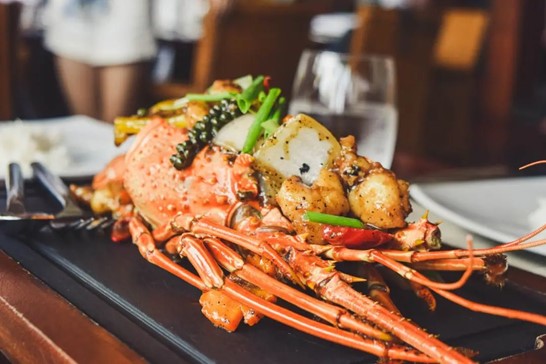
“We don’t know if we’re going to go out fishing, if the buyers will be able to sell, or if they’ll just be sitting dry on their little fridge or by the fish tank. We really don’t know,” Hart said.
Federal government looks to EU
Federal Trade Minister Dan Tehan said he hoped a new trade deal with Britain and the European Union this year would help exporters who no longer trade with China.

“These free trade agreements will give our exporters an opportunity to reach another half a billion consumers with lower tariffs,” Tehan said.

